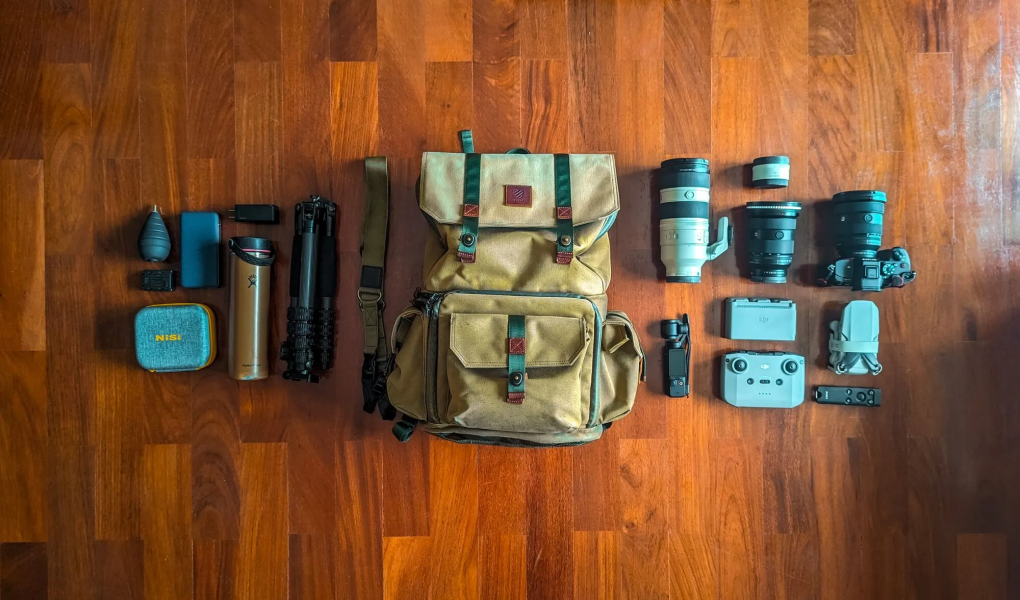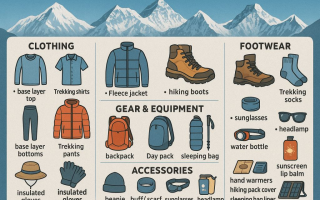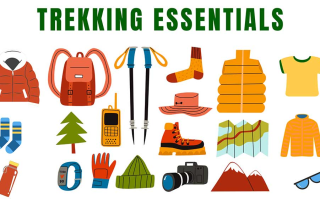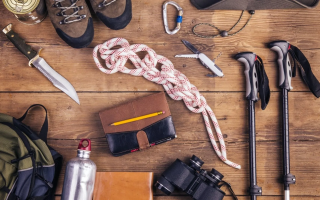Capturing the most beautiful light with the lightest load
For hiking photographers, the most agonising choice lies in balancing pack weight against image quality. Our objective is to maximise creative freedom in photography while ensuring hiking safety and efficiency.
I. Core Principle: Systematically Build Your “Mobile Studio”
Weight-reduction rule number one: Lens selection > camera body. A high-quality zoom lens proves more practical and portable than multiple prime lenses.
One camera, one lens is the golden rule. Define your shooting theme before departure to determine which lens to carry.
Trade the weight of lightweight hiking gear for camera equipment.
II. Gear List: Every Gram Counts
Camera and Lenses (Weight Core):
Body: Prioritise mirrorless cameras. For ultimate lightness, premium compacts (e.g., Sony Cyber-shot) are ideal.
Lenses:
All-rounder: 24-105mm or 24-70mm F4 zoom lenses cover landscapes and street photography.
Landscape Specialist: Ultra-wide-angle lens, though consider usage frequency.
Alternative Solution: Rely solely on a high-quality smartphone.
Stabilisation System:
Trekking Poles: Can serve as makeshift monopods.
Portable Tripod: Opt for carbon fibre models, such as domestic brands like Marukawa or Leitu.
Bean Bag: Lightweight, can be placed on rocks or backpacks for stability.
Storage and Protection:
Camera insert: Place the camera insert inside your hiking rucksack for equipment protection and integrated carrying.
Rain cover: Dedicated camera rain cover or standard plastic bag.
Air blower and lens cloth: Quickly remove water droplets and dust from lenses.
Power Management:
Spare batteries: Cold climates drain power rapidly; carry at least 2-3 fully charged batteries, stored close to your body.
High-capacity power bank: Meets charging needs for both mobile phone and camera.
III. Practical Techniques: Weight Reduction Without Sacrifice
Utilise the Environment: Employ rocks, backpacks, or clothing as temporary supports or compositional foreground elements.
Make Good Use of Your Mobile Phone: Use your phone to record routes, capture behind-the-scenes moments, and share content quickly, reducing the burden on your camera.
Practise Handheld Shooting: Refine steady handheld techniques and maximise in-body/lens image stabilisation.
Plan Ahead: Study routes and lighting conditions, visualise compositions to minimise unnecessary gear.
The heaviest lens is your mind; the finest filter is your aesthetic sense. Through meticulous planning and selection, you can strike that perfect balance between light-footed exploration and the pursuit of exceptional imagery.



